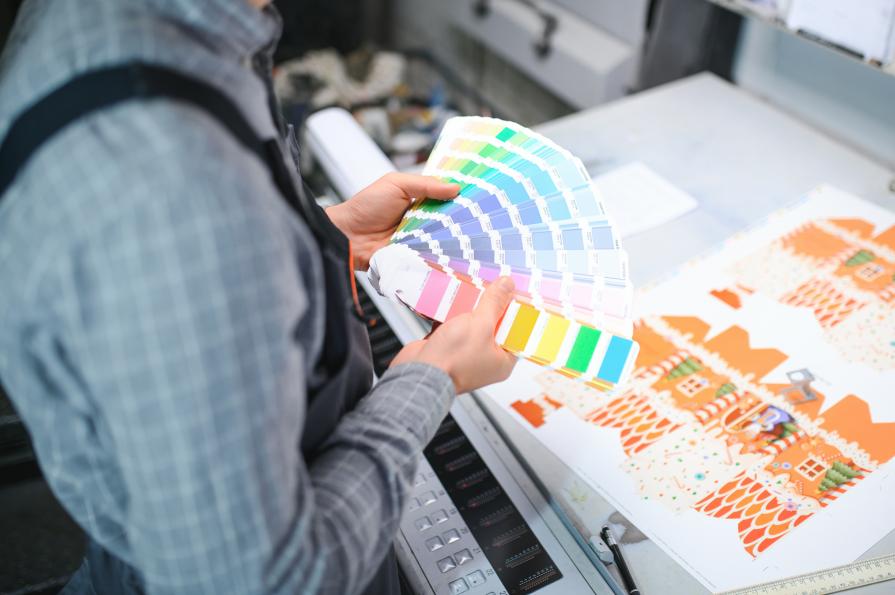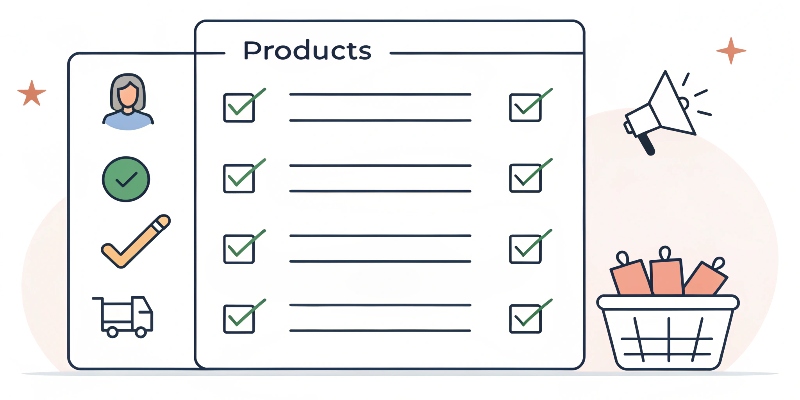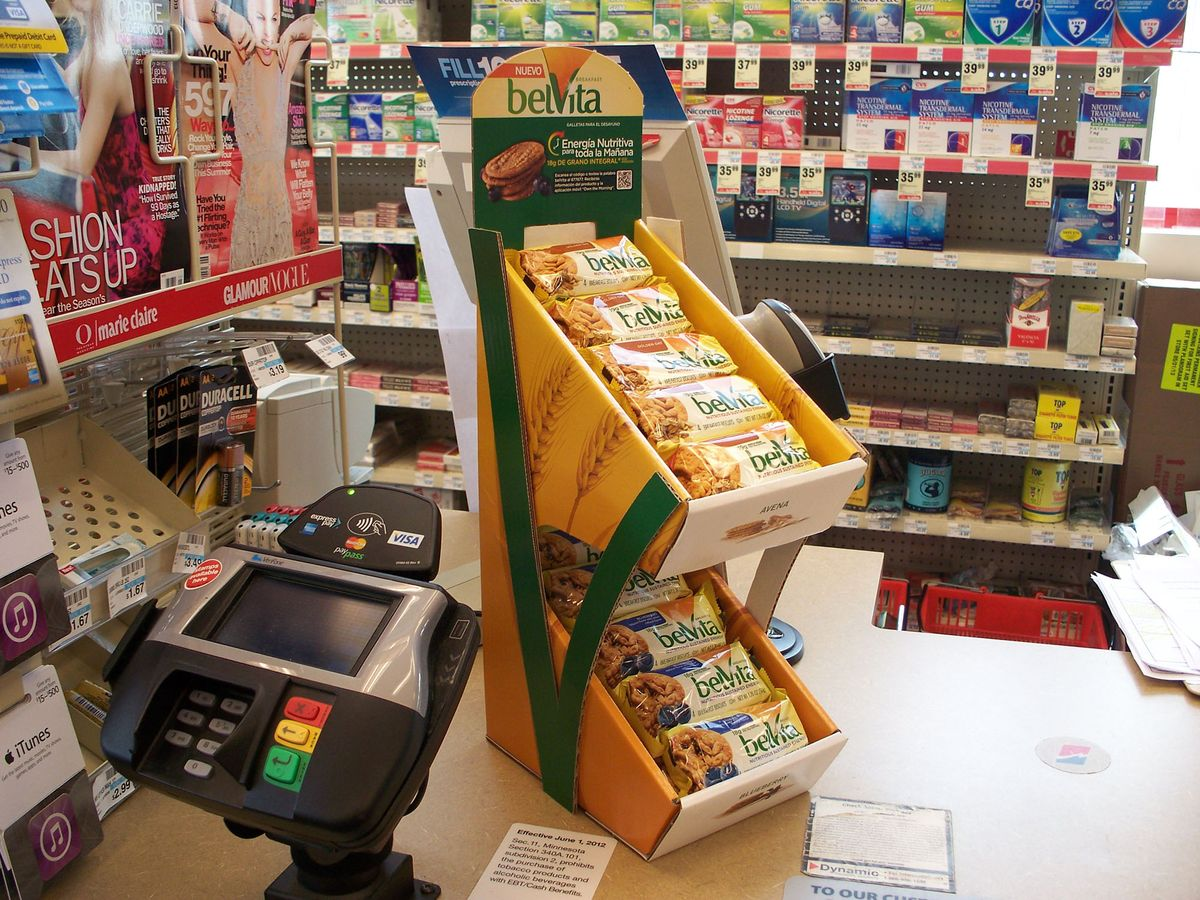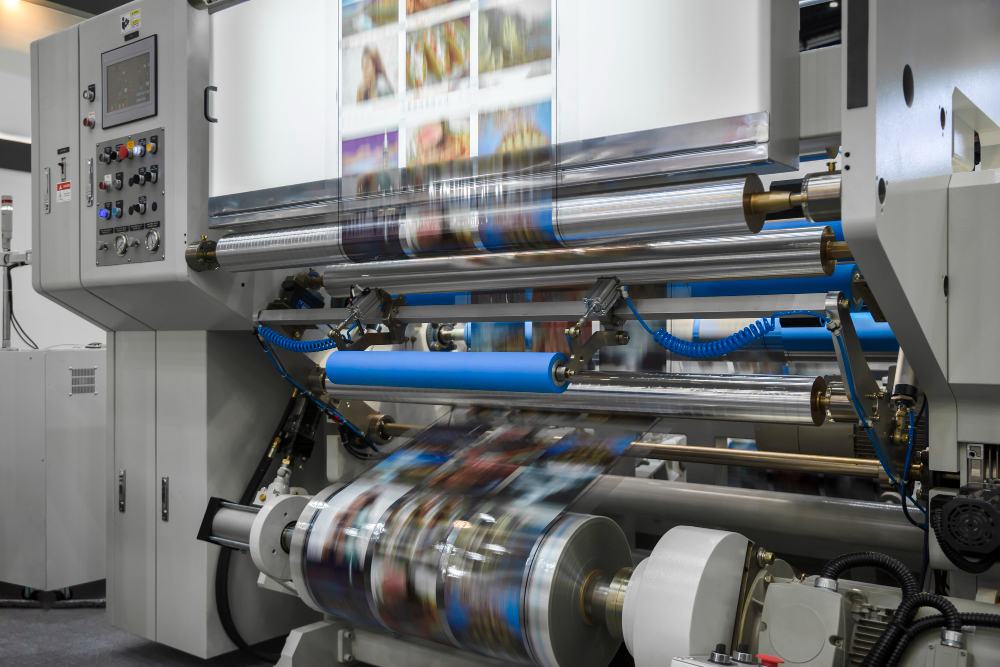Struggling to make displays that stand out? You spend a lot on them, but customers just walk by. Let's look at the simple secrets to making great displays.
A good retail display grabs attention instantly, clearly communicates the product's value, and makes it easy for customers to buy. It combines creative design with a strong structure and a clear, simple message. It must be relevant to the target shopper and the retail environment.
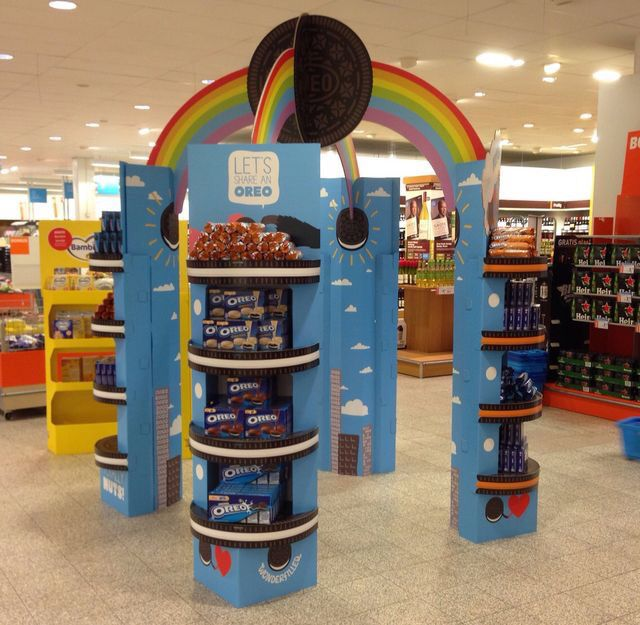
It sounds simple on the surface, but getting it right takes careful thought. Over my 16 years in this business, I've seen many great ideas fail because of small mistakes. But I've also seen simple designs achieve incredible results. So, you want to know how you can do it yourself? Let's break it down into practical steps you can follow.
How do I make a good shop display?
You have a great product but don't know where to start with the display? A poor design can make even the best products invisible. Here’s a simple process to follow.
To make a good shop display, start by defining your goal and target audience1. Then, create a design that tells a clear story using color2, lighting, and hierarchy. Ensure the display is well-placed, sturdy, and has a clear call to action3. Keep it simple and focused.
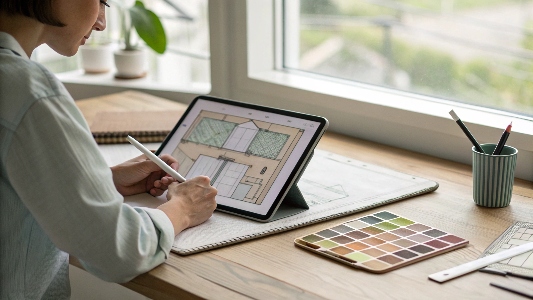
From my experience, the best displays are born from a clear plan, not just a creative spark. You have to think like both a designer and a customer. Before my team and I even open our design software4, we ask a few basic questions. This simple step saves us a lot of time and money later.
Know Your Goal and Audience
What is the number one thing you want this display to do? Is it to launch a new product, clear old stock, or build brand awareness? The answer changes the entire design. At the same time, think about who you are talking to. A display for kids' toys will look very different from one for luxury cosmetics. You have to speak your customer's language.
Tell a Story with Design
Your display should tell a story in three seconds or less. Use color2s, images, and a few powerful words to communicate what your product is about. For example, for a coffee brand, we used warm brown tones and images of roasted beans to give a cozy, aromatic feeling. The story was "rich, comforting coffee."
Focus on Structure and Placement
A beautiful design that falls over is a failure. The structure5 must be sturdy enough to hold your products and withstand a busy retail environment. I always tell my team, "It has to stand before it can sell." Also, think about where it will go in the store. Aisle-end displays, or POP displays, need to grab attention from multiple directions.
Which example describes a good retail display6?
Theory is good, but seeing it in action is better. It’s hard to picture what "good" looks like. Let me share a real-world example of a display that worked perfectly.
A great example is a cardboard floor display for a new organic snack brand. It used earthy colors and graphics of ingredients, telling a story of health. It had multiple tiers for easy access, a clear "Try Me!" sign, and was made from recycled material, reinforcing the brand's message.
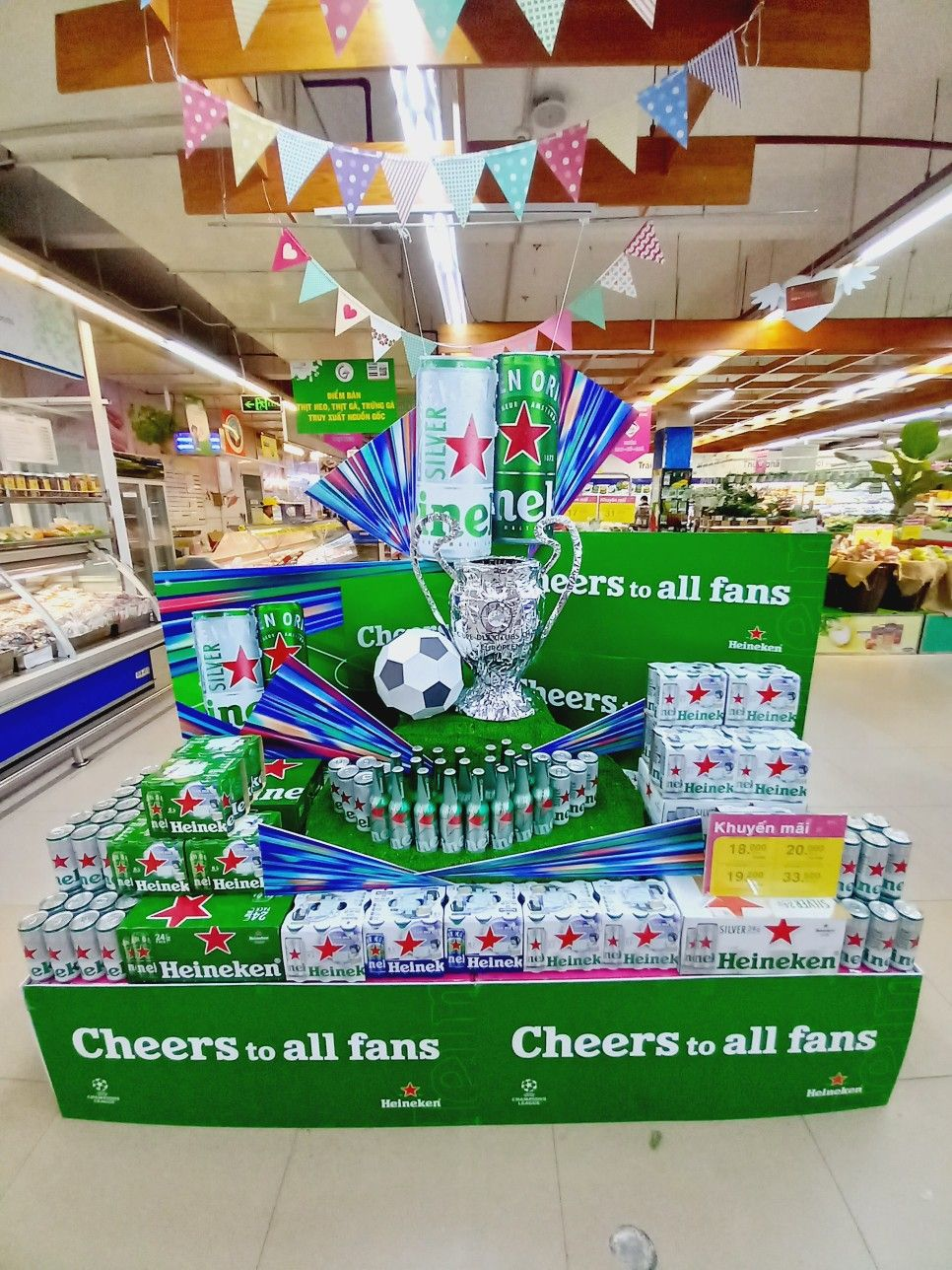
I remember working with a client who was launching a new line of organic fruit bars. They wanted to communicate "natural" and "healthy" instantly. We designed a floor-standing display unit (FSDU) made entirely from recycled cardboard. This immediately connected with their eco-conscious target audience1. The design used green and brown color2s and featured large, high-quality photos of fresh fruits. The header card had a simple, bold message: "Pure. Simple. Energy." Each shelf was angled slightly downward, making the bars easy to see and grab. The most important part was its structural integrity; it was light enough to ship flat but strong enough to hold 50 pounds of product. It was a complete success because every element worked together to tell the same story.
Here is a quick comparison:
| Feature | Good Display (Our Example) | Poor Display |
|---|---|---|
| Material | Recycled cardboard (matched brand) | Shiny plastic (clashed with "organic") |
| Messaging | "Pure. Simple. Energy." (Clear) | "New, Advanced Formula Bar" (Vague) |
| Structure | Sturdy, tiered shelves | Flimsy, single deep bin |
| Branding | Consistent logo and color2s | Inconsistent, hard to read logo |
What makes an effective display?
Some displays just work better than others. It often feels like magic, but it’s not. It’s about understanding a few key principles of how people shop and see things.
An effective display combines three core things: visibility7, information, and appeal. It must be seen from a distance, quickly explain what the product is and why it's needed, and use attractive design elements like color2 and shape to draw the customer closer for the final purchase.
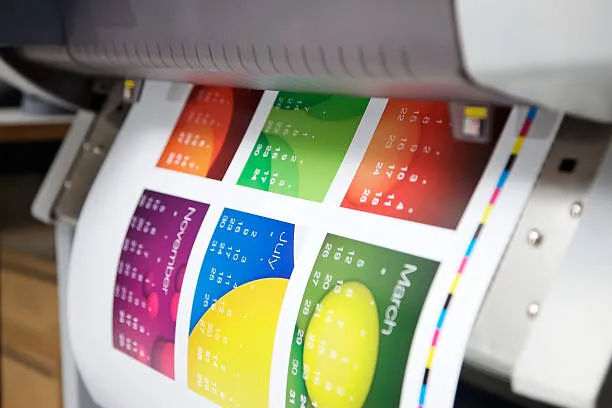
An effective display works like a funnel. It has to pull people in from afar and guide them all the way to picking up the product. In my 16 years of designing displays, I've learned that effectiveness comes down to a few psychological tricks8 that you can build into your design. It's not about being complicated; it's about being smart and direct.
The Power of Color
Color is the first thing a shopper's brain processes. Bright colors like red and yellow can grab attention and create a sense of urgency. Blue and green can create a feeling of trust and calm. The key is to use colors that fit your brand and stand out from the store's background. Don't use ten different colors. Pick two or three and use them strategically.
A Clear, Instant Message
Most shoppers are in a hurry. They will not stop to read a long paragraph. Your display needs a headline that is short, bold, and easy to understand. Five words is a good goal. This headline should explain the main benefit of your product. For example, instead of "Our Scientifically Formulated Skincare," try "Glow in Just 7 Days." It's simple, direct, and promises a result.
The Importance of Hierarchy
A good display guides the eye. Think about what you want the customer to see first, second, and third. Usually, it's the main image or headline first, then the product itself, then the price or call to action. You can use size, color2, and placement to create this path. The most important element should be the biggest or brightest.
What is essential for successful merchandise display9?
You're ready to design, but what are the absolute must-haves? Missing these essentials can cause your entire project to fail. Let's list the non-negotiable elements for success.
The essentials for a successful merchandise display are a strong structure5 that holds the product safely, clear branding10 that is instantly recognizable, and a simple message with a direct call to action. It must also be easy to assemble and appropriate for its retail location.
[^9].](https://leader-display.com/wp-content/uploads/2025/07/to-make-cardboard-incredibly-strong-1-1.jpg)
Overlooking the basics is the most common mistake I see. A display can have the most beautiful graphics in the world, but if it's hard for store staff to set up, or if it collapses after a day, it’s a failure. These essentials are the foundation of your entire project. As a designer, your client depends on you to get these right. At my company, we have a checklist for every project to make sure we never miss these critical points. They are the difference between a display that looks good on a computer screen and one that actually works in a real store.
Here are the absolute essentials and why they matter:
| Essential Element | Why It's Critical |
|---|---|
| Structural Integrity | Safety first. A collapsed display is a hazard and a total waste of money. It must be able to hold the full weight of the product for the entire campaign period. |
| Brand Consistency | The display is an extension of your brand. The logo, colors, and fonts must match your other marketing materials. This builds recognition and trust with customers. |
| Clear Call-to-Action (CTA) | You must tell the shopper what to do next. "Buy Now," "Try a Free Sample," or "Scan for 10% Off." A display without a CTA is just art; it doesn't sell. |
| Easy Assembly | Retail employees are busy. If your display is too complicated to assemble, it might be put together wrong or not at all. We often provide simple, visual instructions. |
| Right Placement | The design must fit the location. A large floor display won't work on a checkout counter. Consider the store's layout and traffic flow when designing the size and shape. |
Conclusion
A great retail display6 is a silent salesperson. Focus on clarity, strong branding10, and your customer's needs, and you will turn shoppers into buyers every time.
-
Understanding your audience is key to creating displays that resonate; this link provides valuable insights. ↩ ↩
-
Explore the psychology of color in retail and how it can influence customer behavior. ↩ ↩ ↩ ↩ ↩ ↩
-
Learn how a strong call to action can significantly boost your sales and customer engagement. ↩
-
Discover the top design software options that can help you create stunning retail displays. ↩
-
Find out how to create sturdy and effective displays that can withstand retail environments. ↩ ↩
-
Explore this resource to learn proven strategies that can enhance your retail display effectiveness. ↩ ↩
-
This resource explains the importance of visibility in retail displays and how to achieve it. ↩
-
Explore psychological strategies that can enhance the effectiveness of your retail displays. ↩
-
This link outlines the critical elements that every merchandise display should have for success. ↩
-
Learn how consistent branding can strengthen customer recognition and trust in your displays. ↩ ↩

